Mexico. The Land and the People. A Common Destiny.
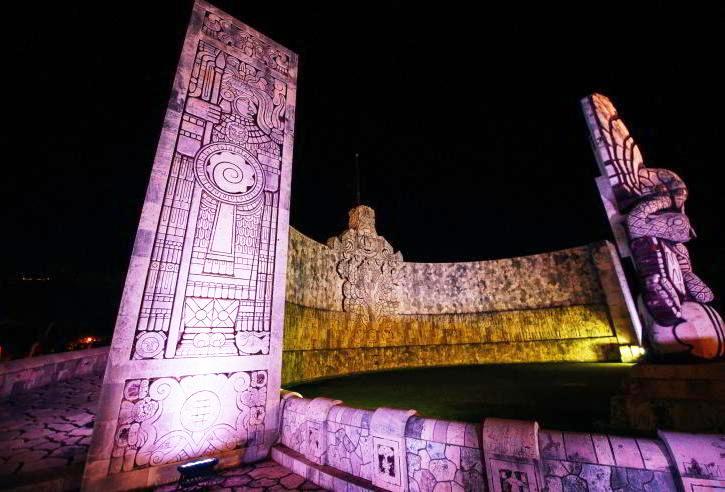
Peasant communities of indigenous origin see the land not as a commodity to be consumed and exploited. But a living being integrated into their history and their identity.
This is how the earth takes on a face with which to establish a relationship as a living being, as a neighbour, an ally and a witness to its history. Divinities, nature, and human beings – living and dead – interact together in this world and the history of these peoples through the elaborate and conflictual social processes they have experienced and which have made the permanence of these cultures possible – cohesive and differentiated in a social context broader and more hegemonic that seeks homologation. Thus, corn, hills, trees, rivers and springs, stones, animals or the sky, far from being valued as inert commodities, are rather central characters in human social life and as a whole – a beating heart that gives vitality to these groups starting from the experience of their vision of the world.
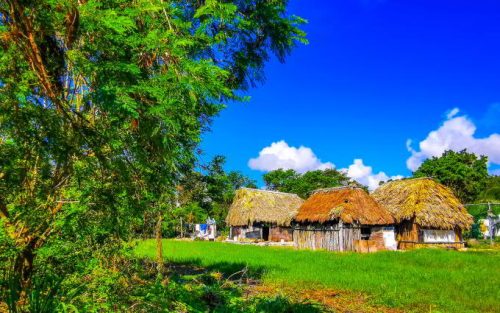
Mayan huts wooden cottage in tropical jungle with palm trees. Arkadijschell/123rf
In this sense, nature as a whole, far from being a repository of lucrative products, is an accumulation of characters who share the history and tradition of these cultural groups. From this point of view, they have a face, which has been repeatedly denied by the pragmatism and mercantilist vision of the hegemonic cultural group in a globalized market economy. Thus, the set of natural entities that inhabit the landscape, experienced and venerated as grandparents, fathers, pastoral life, mothers, brothers, sustenance, bond with the land and ancestors, are valued as people with their faces with whom they interact in an interpersonal relationship of maximum respect, a posture in front of which the objectifying relationship of contemporary mercantilism is decidedly grotesque.There are therefore different cultures, with different ways of relating to the environment. In this context, it can therefore be noted that in indigenous spirituality there are numerous expressions of affection, respect and reverence for the land, the natural environment and natural elements in general, which, as an integral part of the cultural experience of those who practice them, can be traced and are a source of inspiration and suggestive invitations to relate to nature in a way different from that of the market.
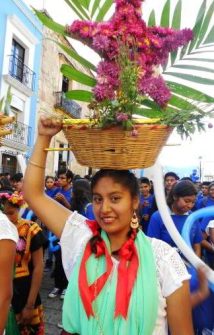
Oaxaca. Girl in a traditional dress. File swm
The idea of “asking permission” from the land is a recurring practice in many different regions of the countryside. In this sense, there is no uncultivated or inactive land, everything has an owner, generally protected in the wilderness by the “Dueño del Monte”.
If something is needed to satisfy a need, one must ask permission from the owner of the mountain who requires it. An example of indigenous spirituality can be seen on the feast days of the patron saint. Permission is required for bows, flowers, firewood, logs, etc. This attitude towards nature implies an awareness of otherness, which deserves to be underlined in the face of the impious modern utilitarian concept. Among the ancient Maya, it was expressed by the term “Otzilen”, which means “I’m sorry, but I needed it”, an expression pronounced when hunting, fishing or cutting down a tree. It is a humble recognition that our presence in this world is intrusive and has consequences for other beings besides the land. This conception of the world, present in the various traditional cosmovisions of indigenous origin in Mexico, necessarily leads to an ethical position towards the other (where this otherness integrates non-human otherness).
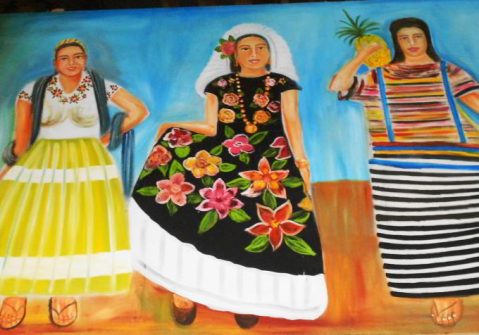
It involves the recognition of coexistence in the world concerning other beings, as well as an attitude of responsibility towards them about one’s life decisions. The construction of the arch in the church of Uricho in Michoacán for the Holy Souls in November each year, or the pole for the dance of the voladores in Cuetzalan, Puebla, for the feast of the Child God, or the libations of pulque for Mother Earth in some Otomí festivals in Hidalgo, or the apologies to the earth before disturbing and hurting it to start planting in the Huasteca region of Veracruz, or even the Tlaxinqui dance in the festivals of the saints of Xalatlaco, in Mexico, where this character represents the guardian of the forest and people ask his permission to know which trees they can cut down, are examples that illustrate this peculiar relationship: the other inhabitants of the world are there and cannot be ignored, even when we use them for our survival; we do so according to certain guidelines of respect and devotion because this world is shared by the human, the natural
and the divine.
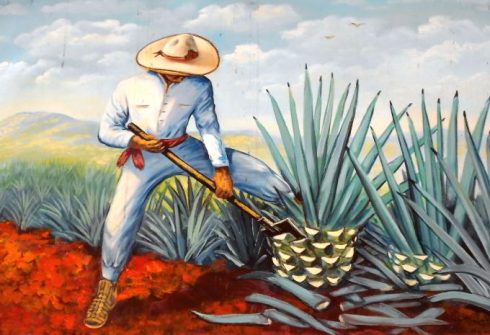
In this same sense, the rituals and offerings to the rain and air deposited in springs, caves, hills, cultivated fields, etc. where human interaction with national entities and sacred beings is recognised by these worldviews, all these expressions indicate an interpersonal relationship that goes beyond the boundaries of these worldviews, where human interaction with natural entities and sacred beings is recognised by these visions of the world, all these expressions indicate an interpersonal relationship that goes beyond the limits of simple human coexistence, integrating nature that manifests itself with different faces and personalities, but ultimately in a social relationship in which they are understood as active participants in a common destiny. (Photo: Mexico, Merida. Monument to the Fatherland at night. 123rf)
Ramiro A. G. Arzapalo/VP



